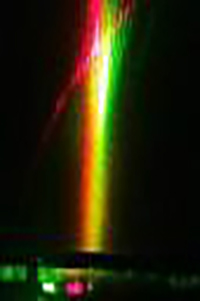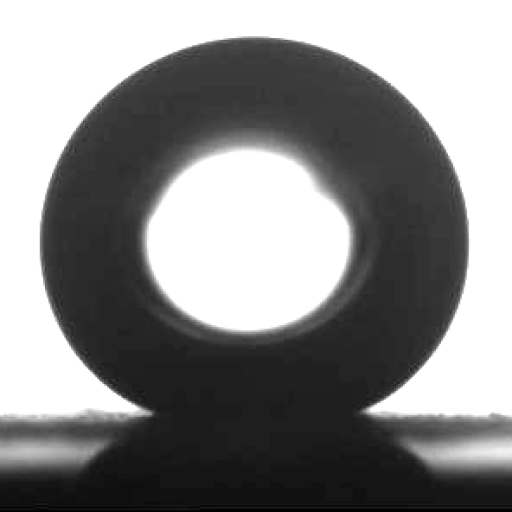Voltage-programmable Optics

When light travels from one material to another it often changes direction. Lenses and diffraction gratings use this principle, but are usually made from glass or plastic. Solids do not easily change shape and so the manner in which these optical devices change the direction of light is fixed by their manufacture.

Our experiments use liquids and shape their surfaces using a voltage to create liquid optical elements. These optical elements can have their shape reprogrammed by changing the voltage. One example application is a lens using a droplet of oil. Another example is a diffraction grating to steer and separate the different coloured components in white light using a film of oil with a wrinkled surface, as seen in the image above.
The apparatus used to produce the diffraction pattern at the top of this page can be seen in the video below. Here, the equipment shows a drop of oil being deposited, which is then induced to spread into a liquid film whose top surface is then induced to have a wrinkle with a periodically-varying amplitude. This wrinkle causes diffraction of a green laser beam into multiple spots, which can be seen on the white screen. You may notice a red light – this is a second laser being used to simultaneously measure the wrinkle profile on the film of oil using interferometry (more specifically a Mach-Zehnder interferometer).
Publications
- Developing interface localized liquid dielectrophoresis for optical applications G. McHale, C.V. Brown, M.I. Newton, G.G. Wells and N. Sampara, Proc. SPIEE 8557 (2012) art. 855703.
- Voltage-programmable liquid optical interfaceC.V. Brown, G.G. Wells, M.I. Newton and G. McHale, Nature Photonics 3 (2009) 403-405.
(also see the Editor’s interview)
